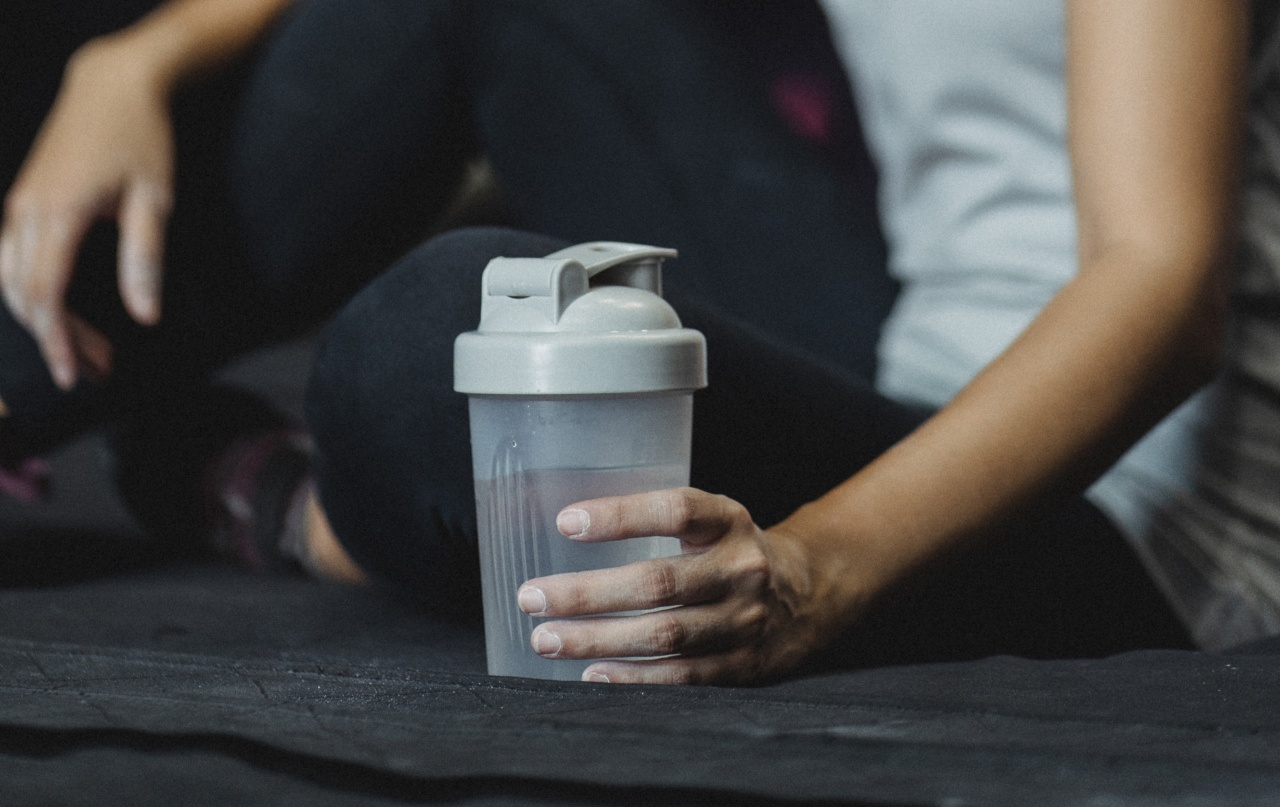For athletes looking to maximize their recovery and enhance their performance, finding the right post-workout drink is crucial. With so many options available, it can be overwhelming to choose the best one.
However, there is one drink that has stood the test of time and proven to be an excellent choice for athletes of all levels – milk.
The Power of Milk
Milk has been a staple beverage for centuries, prized for its nutritional value and health benefits. Athletes have long recognized the power of milk as a recovery drink due to its unique combination of essential nutrients.
High-Quality Protein
One of the key reasons why milk is an ideal recovery drink is its high-quality protein content. Milk contains two types of protein – whey and casein.
Whey protein is a fast-digesting protein that quickly delivers amino acids to the muscles, promoting muscle repair and growth. Casein, on the other hand, is a slow-digesting protein that provides a sustained release of amino acids, which helps to prevent muscle breakdown over an extended period.
The combination of whey and casein protein found in milk makes it an optimal choice for athletes, as it provides both immediate and long-term muscle recovery benefits.
Essential Amino Acids
In addition to its protein content, milk is also packed with essential amino acids – the building blocks of protein. These amino acids are crucial for rebuilding and repairing muscle tissue after intense exercise.
What sets milk apart from other common recovery drinks is its complete amino acid profile. Milk contains all nine essential amino acids, including the branched-chain amino acids (BCAAs) – leucine, isoleucine, and valine.
BCAAs play a vital role in muscle protein synthesis and are particularly beneficial for muscle repair and growth.
Natural Carbohydrates for Glycogen Replenishment
Another important aspect of recovery is replenishing glycogen stores – the primary fuel for muscles during exercise. Milk provides a source of natural carbohydrates, including lactose, which helps restore glycogen levels in the muscles.
Electrolytes for Rehydration
During intense exercise, athletes lose significant amounts of water and electrolytes through sweat. Replacing these lost electrolytes is essential for proper rehydration and optimal recovery.
Milk naturally contains important electrolytes such as potassium, calcium, and magnesium, which aid in rehydration and electrolyte balance.
Nutritional Synergy
While individual nutrients have their own benefits, milk’s true power lies in the synergistic effect of its nutritional profile.
The combination of protein, amino acids, carbohydrates, and electrolytes in milk works together to provide a comprehensive recovery solution for athletes.
Unlike many commercial sports drinks that often contain artificial additives and excessive amounts of sugar, milk offers a natural and wholesome option for post-workout recovery.
Other Benefits of Milk for Athletes
In addition to its impressive recovery properties, milk offers several other benefits that make it an ideal choice for athletes:.
1. Bone Health
Milk is renowned for its calcium content, which is crucial for maintaining strong bones and preventing bone-related injuries. Athletes, especially those involved in high-impact sports, can benefit greatly from the bone-strengthening properties of milk.
2. Hydration
Staying properly hydrated is essential for optimal athletic performance. With its high water content, milk can contribute to overall hydration, especially when consumed alongside water.
3. Vitamin D
Milk is also a significant source of vitamin D, a nutrient that plays a vital role in overall health and athletic performance. Vitamin D is essential for maintaining strong bones, supporting the immune system, and regulating muscle function.
4. Convenience
Milk is widely available and easy to incorporate into an athlete’s routine. It can be consumed on its own or used as an ingredient in smoothies, protein shakes, or post-workout snacks.
Conclusion
When it comes to post-workout recovery drinks, milk reigns supreme.
Its unique combination of high-quality protein, essential amino acids, natural carbohydrates, electrolytes, and other beneficial nutrients makes it the ultimate recovery drink for athletes. Additionally, milk offers numerous other health benefits, making it a versatile and wholesome choice for athletes of all types.































